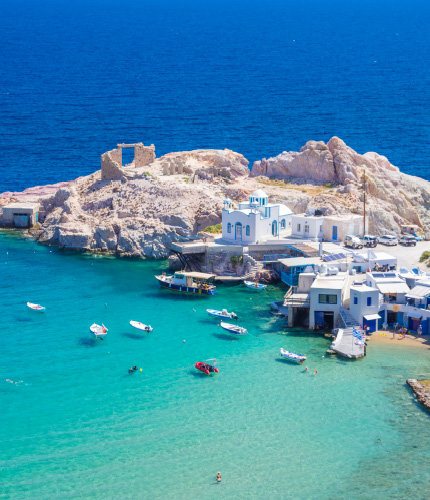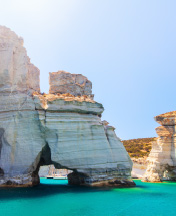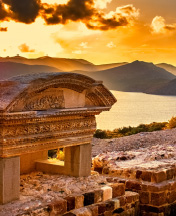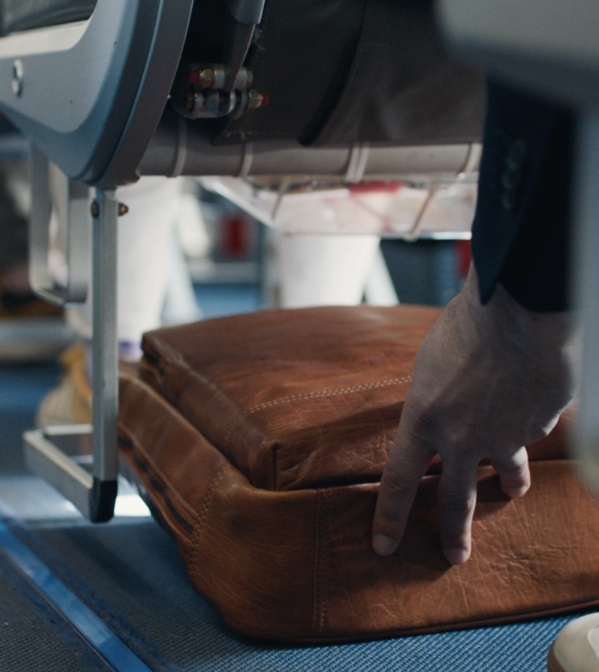In antiquity, Milos flourished due to its mineral wealth. It was inhabited from the Neolithic period (7000 BC) and soon flourished from its neighboring islands thanks to the obsidian stone, a black volcanic material used in the weapons and tools of Milos. During the Bronze Age (2800-1100 BC), Milos became the centre of the Cycladic civilization. After the descent of the Greek tribes, the Dorians settled in Milos around 1000 BC. Very little is known about Milos before the 5th century BC, however, residents are those who denied to surrender "land and water" to the Persians and fought alongside the other Greeks in the battles of Salamis and Plataea. They and their city were destroyed in 415 BC by the Athenians when they tried to maintain their neutrality in the Peloponnesian war. In the following centuries, Milos followed the fate of the other Cyclades and until 311 BC it belonged to Macedonia and then to Egypt. Freedom and security at sea, thanks to the powerful fleet of the Ptolemies, provided an opportunity for new economic development of the island, which also contributed to the flourishing of the arts. The famous statue of Aphrodite and the impressive Neptune were representative examples of this acne. During Roman times, Milos was decorated with other works, while it also exhibited Christianity, with irrefutable testimony that of the Catacombs. In Byzantine times the most important event was definitely the destruction of the ancient city of Klima. Finally, during the Venetian occupation, the Turkish occupation and the German occupation, the struggles of Milos for their freedom were continuous and relentless.












